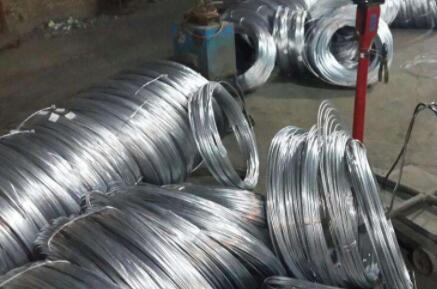The Ultimate Guide to Indoor Quail Cages Creating a Perfect Habitat
Quail, small and delightful birds known for their gentle disposition and remarkable egg-laying abilities, have become increasingly popular as pets and for homesteading purposes. If you’re considering bringing quail into your home, one of the most crucial aspects of their care involves setting up an appropriate indoor cage. An ideal indoor quail cage ensures not just comfort for the birds, but also facilitates easy maintenance and interaction with their human caretakers. This guide will walk you through the essential components of an indoor quail cage and tips for creating a thriving environment for your feathered friends.
Choosing the Right Cage
When selecting an indoor cage for quail, the first factor to consider is size. Quail require room to roam and engage in natural behaviors such as foraging and dust bathing. A suitable cage for a small flock of quail (around five to ten birds) should ideally measure no less than 2 feet wide by 4 feet long. Height isn’t as critical since quail don’t typically fly as high as parrots, but providing some vertical space is beneficial.
Materials also matter when it comes to durability and safety. Opt for a cage made from non-toxic materials, such as stainless steel or powder-coated wire, to prevent rust and ensure longevity. The spacing between wires should be narrow enough to prevent escapes—typically ½ inch spacing works well for adult quail.
Cage Layout and Design
Once you have the right cage, it’s time to think about layout. Quail are ground-dwelling birds, so the cage should primarily provide ample floor space. Use several layers of bedding material—such as pine shavings, straw, or hay—on the bottom of the cage to absorb moisture and provide a comfortable surface for the birds.
Adding items like hiding spots made from cardboard or small wooden boxes can create a sense of security for your quail, as well as give them places to explore. It’s important to integrate perches and platforms, even if they don’t fly, as these encourage physical activity and give them a vantage point to observe their surroundings.
Essential Accessories
Your indoor quail cage will require a few essential accessories to facilitate a healthy and happy environment
. Here are some key items to include1. Feeding System A sturdy, easy-to-clean feeder is crucial for providing quail with their daily food. Make sure it’s designed to minimize waste and contamination.
indoor quail cage

2. Watering System A waterer should be easy for the quail to access while preventing spills and ensuring cleanliness. Consider a nipple waterer or a shallow bowl that can be routinely replaced with fresh water.
3. Egg Laying Areas If you intend to breed quail, adding nesting boxes or simple bedding areas where females can lay eggs is essential. Ensure these areas are private to encourage egg-laying behavior.
4. Dust Bath Area Quail love to dust bathe to maintain their feathers and skin health. Offering a shallow dish filled with sandbox-type dust (like fine sand or diatomaceous earth) will keep them content.
Environmental Considerations
Lighting and temperature significantly impact the wellbeing of indoor quail. Make sure to maintain a consistent temperature in the range of 65-75°F (18-24°C), as extreme temperatures can stress the birds. If your home lacks natural light, consider using a UVB light to support their health and encourage egg production.
Regularly clean the cage to prevent the buildup of waste and bacteria, which can lead to illnesses. A weekly deep clean, including replacing the bedding and disinfecting surfaces, is ideal.
Socialization and Interaction
Quail are social creatures that thrive in the company of their kind. Keeping them in small groups not only prevents loneliness but also nurtures their natural behaviors. Spend time with your quail daily, allowing them to become accustomed to human interaction. Be gentle and patient, as they can be skittish at first.
Conclusion
Setting up an indoor quail cage involves careful planning and attention to detail. By providing ample space, proper accessories, and a suitable environment, you can create a nurturing habitat that meets the needs of these charming birds. Whether you’re raising quail for eggs, companionship, or simply enjoying their presence in your home, a well-designed indoor quail cage is the foundation of a happy and healthy flock.

















